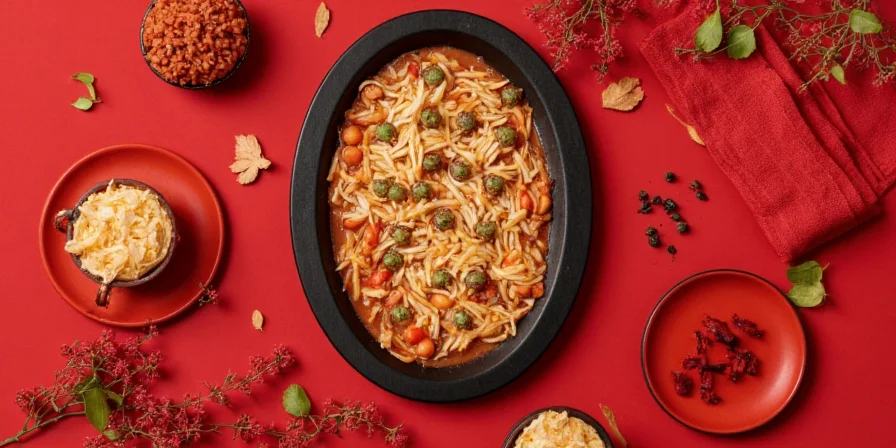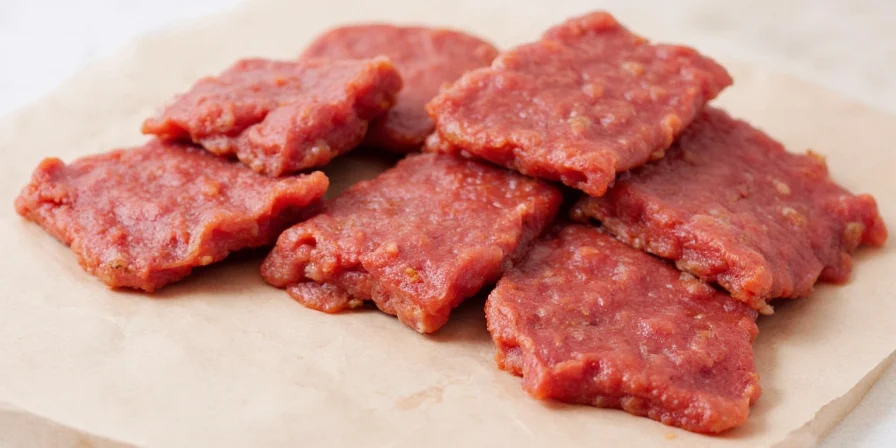Table of Contents
- Ceylon vs Cassia: Critical Safety Differences
- Evidence-Based Health Benefits & Limits
- Cooking with Cinnamon: Expert Techniques
- Optimal Storage Protocol
- Safe Daily Consumption Guidelines
- Strategic Usage Framework
Ceylon vs Cassia Cinnamon: Understanding the Critical Safety Difference
Choosing between Ceylon and Cassia cinnamon isn't just about flavor—it's a safety decision. The key difference lies in coumarin content: Cassia contains 63-367 times more coumarin than Ceylon. For a 150lb adult, exceeding 0.1mg/kg body weight daily (approximately 1.5 teaspoons of Cassia) may cause liver toxicity with prolonged use. Ceylon cinnamon is the only variety safe for regular daily consumption, especially for children, pregnant individuals, and those with liver conditions.
| Type | Coumarin Content | Safe Daily Limit | Best For |
|---|---|---|---|
| Ceylon Cinnamon | 44-391 mg/kg | No established limit (negligible risk) | Daily use, children, pregnant individuals, long-term health regimens |
| Cassia Cinnamon | 2,600-6,300 mg/kg | Max 1 tsp (2.5g) daily | Occasional recipes where bold flavor is needed |

Health Benefits of Cinnamon: What Research Actually Shows
While cinnamon offers potential health benefits, it's crucial to understand the evidence-based limits and requirements for safe consumption. All benefits apply primarily to Ceylon cinnamon for regular use due to Cassia's coumarin limitations.
Proven Benefits with Safety Parameters
- Blood Sugar Management: Multiple clinical studies show cinnamon may improve insulin sensitivity, with 7-29% reduction in fasting glucose. Important: Never replace prescribed diabetes treatments. Effects are modest and temporary.
- Antioxidant Power: Ranks #7 among 26 spices for polyphenol concentration, helping combat oxidative stress. Ceylon provides safer long-term antioxidant benefits.
- Natural Preservative: Cinnamon's antimicrobial compounds inhibit foodborne pathogens, validating its historical use as a food preservative.
Common Misconceptions to Avoid
- Cinnamon alone cannot treat diabetes—it's a complementary approach only
- Cassia's high coumarin content negates potential benefits with regular use
- "Organic" labeling doesn't affect coumarin content—variety matters most

Cooking with Cinnamon: Professional Techniques for Maximum Flavor
Unlock cinnamon's full potential by understanding its chemical behavior. The key principle: Whole sticks release flavor gradually; ground provides immediate intensity but degrades faster.
Optimal Culinary Applications
- Temperature Control: Add ground cinnamon late in cooking (above 176°F/80°C degrades cinnamaldehyde, reducing potency by 40% within 10 minutes).
- Savory Dishes: Pair Cassia with cardamom and black pepper in Middle Eastern lamb tagines to balance richness without sweetness. Use sparingly (⅛ tsp per serving).
- Coffee Enhancement: Stir 1/8 tsp Ceylon into grounds before brewing—avoid boiling water contact to preserve volatile oils.
- Sugar Reduction: Combine 1 tsp Ceylon cinnamon with 1/4 tsp stevia in oatmeal for equivalent sweetness of 2 tbsp sugar.
Preserving Cinnamon's Potency: Scientific Storage Methods
- Air Exposure: Oxygen degrades cinnamaldehyde 3x faster than light—store in vacuum-sealed containers with oxygen absorbers.
- Stability Test: Rub between palms; weak aroma indicates diminished potency requiring replacement.
- Temperature: Store below 70°F (21°C)—for every 18°F (10°C) increase, degradation rate doubles.
- Shelf Life: Sticks retain flavor 24 months; ground lasts 6 months when stored properly.

Your Complete Cinnamon Daily Usage Guide
Follow this evidence-based framework for safe, effective cinnamon consumption:
Daily Consumption Protocol
- For regular use: Choose Ceylon exclusively—no established upper limit for safety
- For occasional use: Limit Cassia to 1 tsp (2.5g) maximum per day
- For therapeutic use: Consult healthcare provider—studies used 1-6g Ceylon daily for specific conditions
- For children: Maximum ½ tsp Ceylon daily (adjust for weight)
Authenticity Verification System
Spot genuine Ceylon cinnamon with these field-tested methods:
- Quill Structure: Ceylon forms multiple thin, soft layers (like rolled newspaper) versus Cassia's single thick, hard layer
- Color: True Ceylon has lighter tan-brown color versus Cassia's deep reddish-brown
- Texture: Ceylon crumbles easily between fingers; Cassia requires significant force to break
- Aroma: Ceylon has delicate, sweet fragrance; Cassia is intensely spicy with slight bitterness

Cinnamon Decision Framework: Making Informed Choices
Mastering cinnamon requires recognizing it as both a culinary tool and bioactive compound with defined consumption parameters. Prioritize Ceylon for daily use to avoid coumarin risks while leveraging Cassia's intensity for occasional dishes. Understanding its thermal sensitivity and storage requirements preserves maximum flavor impact. This dual perspective—honoring historical significance while applying contemporary scientific insights—enables truly informed usage beyond superficial spice-rack treatment. Always verify authenticity through physical characteristics and purchase from reputable suppliers who disclose origin.
Frequently Asked Questions
How much Cassia cinnamon is dangerous for daily consumption?
For a 150lb adult, exceeding 1.5 teaspoons of Cassia daily may cause liver toxicity with prolonged use (3+ months). The safe limit is approximately 0.1mg coumarin per kg of body weight. Ceylon cinnamon has negligible coumarin, making it safer for regular consumption.
Can I safely consume cinnamon if I have liver disease?
Consult your physician first. Those with existing liver conditions should strictly use Ceylon cinnamon and limit to 1 teaspoon daily. Cassia cinnamon is generally contraindicated due to its high coumarin content which places additional strain on liver function.
Why does my cinnamon lose potency faster than other spices?
Cinnamon's primary flavor compound (cinnamaldehyde) is highly volatile. Exposure to air degrades it 3x faster than light exposure. Store in vacuum-sealed containers below 70°F (21°C) with oxygen absorbers and avoid pre-ground varieties for maximum longevity.
What's the most effective way to incorporate cinnamon into coffee?
Stir 1/8 teaspoon of Ceylon cinnamon directly into coffee grounds before brewing. Avoid adding to boiling water, as temperatures above 176°F (80°C) rapidly degrade volatile flavor compounds. This method preserves 90% of beneficial compounds versus only 60% when added after brewing.
How can I verify authentic Ceylon cinnamon when shopping online?
Check for Sri Lankan origin certification, multiple thin quill layers in product images, and coumarin content disclosure (should be under 1,000 mg/kg). Reputable sellers provide harvest dates and should offer samples for verification. Avoid products labeled simply as 'cinnamon' without specifying Ceylon variety.











 浙公网安备
33010002000092号
浙公网安备
33010002000092号 浙B2-20120091-4
浙B2-20120091-4